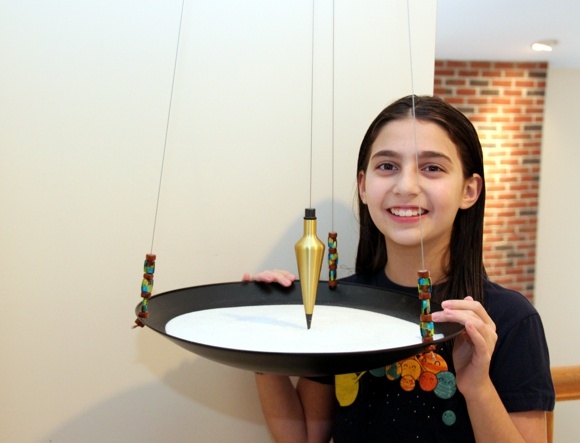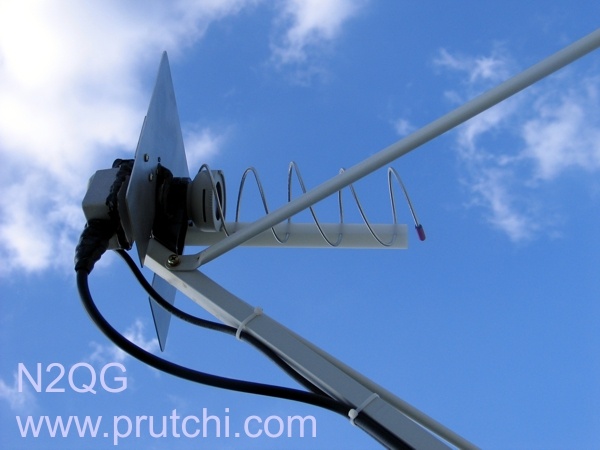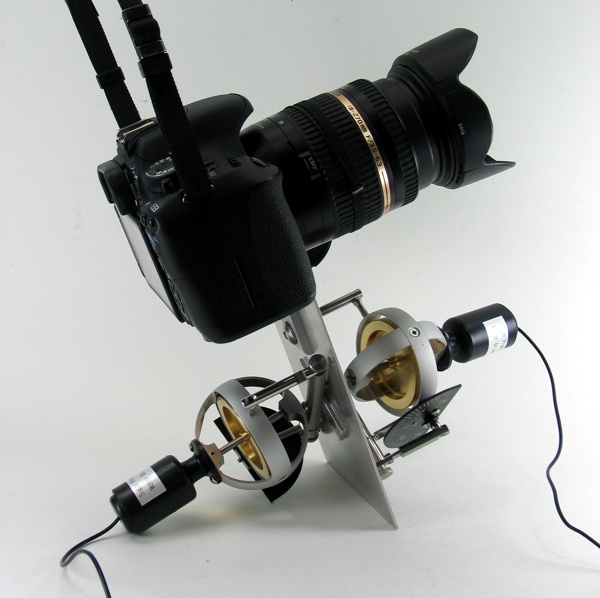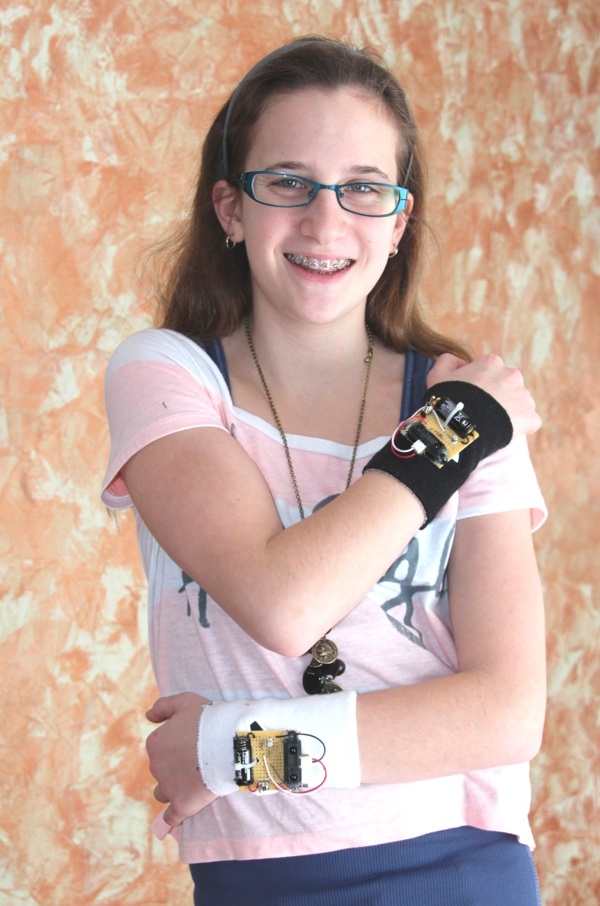
The DOLPi Raspberry Pi-based polarimetric cameras received 5th place in the 2015 Hackaday Prize. Winners for this year’s prizes were announced on stage at the Hackaday Superconference on November 14, 2015.
The DOLPi project involved the development and construction of two low-cost polarimetric camera types based on the Raspberry Pi 2. DOLPi-MECH (and its productized IR-VIS-UV version DOLPi-UI) is a filter-wheel-type camera capable of performing full Stokes analysis, while the electro-optic based DOLPi-EO camera performs full linear polarimetric analysis at higher frame rate. Complete Python code for polarimetric imaging is presented. Various applications for the cameras are described, especially their use for locating mines and unexploded ordinance in humanitarian demining operations.
CLICK HERE for a complete project description including detailed construction instructions and Python code in pdf format.

 I urgently needed a high-intensity UV/IR/visible light source for a work-related industrial inspection project, so this weekend I recruited Abigail to help me build a 10W LED flashlight that features swappable UV/IR/visible heads. We decided to document the build since this flashlight would fit nicely in a photographer’s kit for light painting, IR illumination, UV reflected photography, or UV fluorescence photography.
I urgently needed a high-intensity UV/IR/visible light source for a work-related industrial inspection project, so this weekend I recruited Abigail to help me build a 10W LED flashlight that features swappable UV/IR/visible heads. We decided to document the build since this flashlight would fit nicely in a photographer’s kit for light painting, IR illumination, UV reflected photography, or UV fluorescence photography.

 One of my current work-related projects required me to buy some gyroscopes for prototyping. I purchased some of the beautiful, motor-driven demonstration gyros made by Glenn Turner at
One of my current work-related projects required me to buy some gyroscopes for prototyping. I purchased some of the beautiful, motor-driven demonstration gyros made by Glenn Turner at 
 SharkVision – A Sensing Suit for the Blind
SharkVision – A Sensing Suit for the Blind